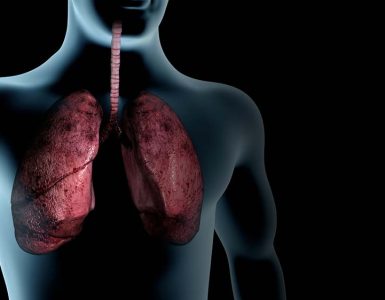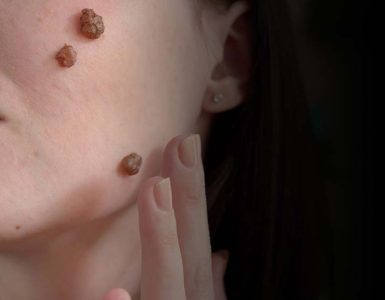Carpobrotusedulis a dicotyledonous midday flowering plant belongs to the Aizoaceae family. This plant was formerly categorized as Mesembryanthemum edulis carpet vygies with glistening globular bladder cells covering the succulent horizontal stems, leaves, and fruit. Rocha et al. (2017) informed that seven of the C. edulis species are prevalent in Southern Africa, particularly in the Eastern Cape Province, Northern Cape, Western Cape, Free State, KwaZulu-Natal, Swaziland, and Lesotho. Rapid growth has been seen along highways, beaches, and other private and public landscapes. Flowers of C. edulis are enormously flamboyant with numerous stamens that are bordered by stigma appearing like starfish during late winter-spring from August to October, which is pollinated by honey bees, solitary bees, carpenter bees, and many beetle species. Due to its speedy growth, the plant has been extensively promoted as an evergreen ornamental plant capable of holding a great amount of water in its leaves for a very long period of time. Such properties of these plants make them feasible to manage harsh coastal climatic conditions, such as drought, fire, and wind.
C. edulis is widely used in South Africa because it exhibits antifungal, antimicrobial, antitumor, and antioxidant properties. Omoruyi et al. (2020) informed that several chemical compounds present in C. edulis leave extract were analyzed and found that the plant contains phenolic acids, flavonoids, lipid derivatives, pyrimidine derivatives, purine derivatives, vitamin B and quinolinone derivatives. Amalgamations of these compounds were found to significantly inhibit HIV-1 protease activity.
The significant features of traditional medicine in South Africa are based on flexibility, diversity, easy accessibility, low side effects, and relatively low cost. Conversely, one of the major hindrances is the species misidentification due to parallel morphology of its members. Scanning electron microscope micro-anatomy that is commonly known as SEM micro-anatomy has been the best analytical tool for the precise identification and quality assessment of plant organelles.
Burchi et al. (2014) stated that Calcium crystals are bio-minerals arising in various organs or tissues within plants. They appear in different shapes and are classified into five major forms include styloids crystals, prism crystals, druses crystals, raphides crystals, and sand crystals. Their major role may vary depending on the plant, organ, and tissue in which they occur. Energy-dispersive X-ray spectroscopy (EDXS) is an analytical technique used for the chemical characterization of a sample.
Asian Journal of Plant Sciences published research of Beauty E. Omoruyi et al. (2021) analyze the elemental composition and foliar morphology of the plant Carpobrotus edulis (L.) bolus using EDXS and SEM techniques. The results indicated that the epidermal surface of C. edulis was cuticularised with numerous stomata density which was more on the adaxial surface than the abaxial surface. Identified highest mineral contents were gold oxygen, silicon, carbon, magnesium, calcium, Sodium, aluminum, sulfur, chlorine, potassium, titanium, and iron.
















Add comment